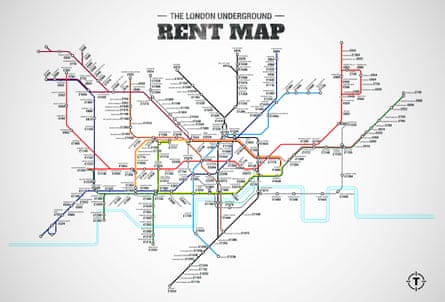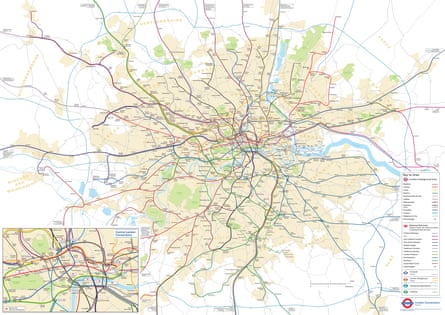








Allow content provided by a third party?
This article includes content hosted on simonrogers.cartodb.com. We ask for your permission before anything is loaded, as the provider may be using cookies and other technologies. To view this content, click 'Allow and continue'.

Comments (…)
Sign in or create your Guardian account to join the discussion